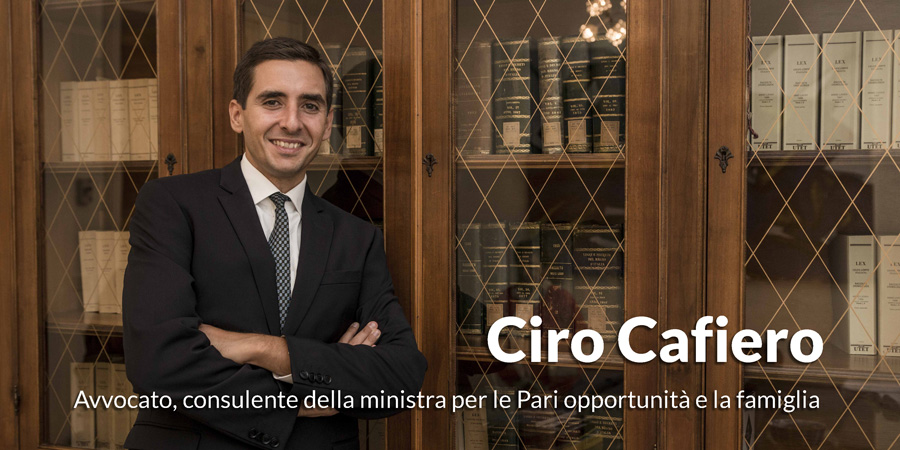The technological revolution questions the union with two questions.
The first is how to combine technological innovation and workforce in factory 4.0. The second is what to do compared to the many workers of the gig economy, so-called gig workers, or those who have never entered the physical space of the factory or the mechanisms that regulate it, such as working hours, managerial power, pyramidal hierarchy, because they work remotely connected to a mobile device. Wanting to answer, the first question must prompt the union to make two strategy changes. First, the union is called to promote the training of the current workforce to make it compatible with innovation and, consequently, to make possible a virtuous interaction between man and machine. This means above all promoting the conversion of the skills of these workers from “hard skills”, linked to the Fordist factory, to “soft skills” necessary for the innovative factory, like logical-mathematical ability, computational thinking, the ability to team worker. In other words, it means creating the conditions for what the economist Weitzman calls “recombinant growth”. And so, for example, the choice to lay off the worker will not be taken for granted compared to that of turning off the machine when companies will be forced to cut costs or obtain greater profits. Secondly, the union is called upon to reformulate the current collective agreements. In fact, they are hardly compatible with the phenomenon of the so-called industry convergence for which the same company carries out activities in different sectors, provide professional figures that are difficult to match with the specific features introduced in the company by innovation but also a remuneration consisting of a few variable elements, useful for measuring human productivity in interacting with the machine.
The second of the questions instead requires the union to reflect on its identity. If it is true that the union has hitherto exercised the function of representing workers within the perimeter of the factory, then – as Father Occhetta states in his latest book (The promised job, Ancora) – the difficult compatibility between this is true. function and workers who, like those of the gig economy, will never set foot in the factory. And so, the union is called to convert from a “representative” union to a “services” union, to offer gig workers the guarantee of certain protections which, as they are linked to factory work, they would otherwise never have had. For example, basic protections regarding minimum wages, safety at work, holidays, maternity or, to put it better, the protections that the workers of Foodora or Deliveroo do not enjoy today. This is the model of the cooperative union, the so-called “Umbrella companies”, like the “Smart” union in Belgium, which offered its members “protection packages”. In this perspective, the union is also called to digitize itself to operate on the net, the space that gig workers live in, and to remodel its language to speak to the people of gig workers, made up of engineers, technicians and graduates in scientific disciplines with a degree specialization different from that of workers in the past thirty years. Ultimately, if he finds himself ready to face the two questions of the technological revolution, the union will be able to make it an extraordinary opportunity for revenge against those who have long seen this revolution as the cause of its ruin. Moreover, it was Gino Giugni who recognized the union’s aptitude for interpreting the changes in reality with clarity “in relation to the gradual change in the technical and economic conditions of production”. www. Vita.it





